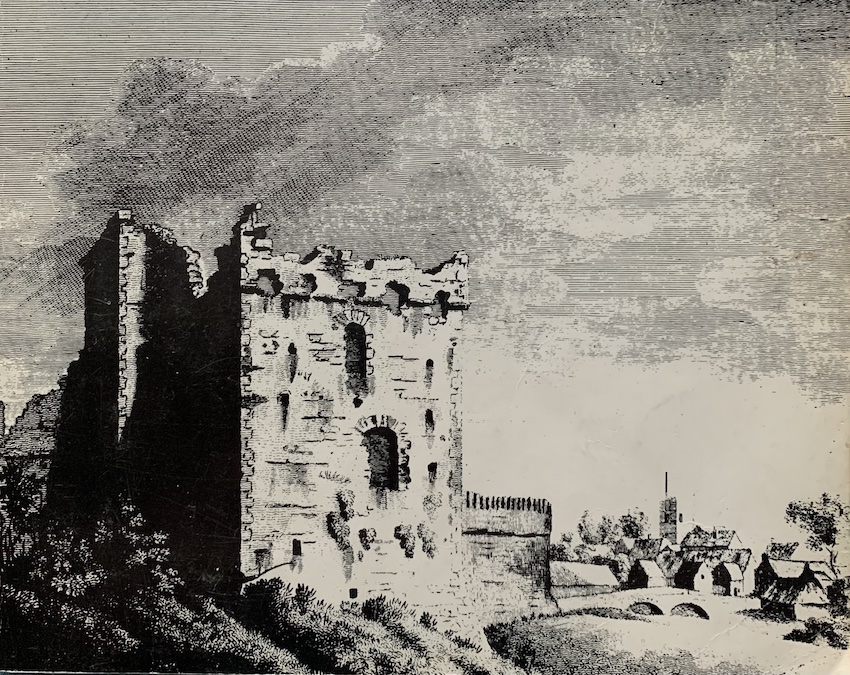1971:15 - SWORDS CASTLE, Dublin
County: Dublin
Site name: SWORDS CASTLE
Sites and Monuments Record No.: N/A
Licence number: —
Author: Mr. T. Fanning, National Parks & Monuments Branch, Office of Public Works
Author/Organisation Address: —
Site type: Castle - Anglo-Norman masonry castle
Period/Dating: Late Medieval (AD 1100-AD 1599)
ITM: E 718325m, N 747023m
Latitude, Longitude (decimal degrees): 53.459965, -6.218164
Excavation, in advance of conservation and restoration work took place at this site (a 13th century manorial Castle of the Archbishops of Dublin) during a five week period in October/November 1971. The excavation was confined to the tower and adjoining chapel situated to the east of the castle gateway. A number of cuttings were also made to the north and east of these buildings.
The tower contained a fill of modern debris consisting largely of crockery and iron scrap. Its original floor level had been destroyed by the insertion of a french drain but portion of a later, probably modern floor, of large plain tiles still remained in situ.
The original floor level of the chapel (a 14th-century addition to the tower) had also been disturbed. Towards the eastern end the foundations of a dividing wall built on a deposit of disturbed material, which contained objects of 18th- and 19th-century date, were uncovered. The wall itself was of poor construction and clearly related to a secondary use of the chapel. Further evidence of such re-use came to light on the western side of this wall where a number of open cobbled drains terminated in a french drain which was carried outside the chapel around the base of the tower. It would seem that the chapel had been re-used for stabling purposes possibly as late as the 19th century. Removal of the cobbled surface showed that all traces of earlier floor levels had been destroyed.
On the eastern side of the late dividing wall disturbance was not so marked and here the undisturbed boulder clay was quite close to the surface. Disturbance in this sector was probably the result of gardening activities. Besides some modern material, and fragments of late (17th century) wares, numerous pieces of decorated medieval floor tiles were recovered. Although none were found in situ it is likely that these fragments represent the remains of the original floor in the east end of the chapel.
The cuttings outside the chapel in the castle bawn produced some further tile fragments and a little medieval pottery. A raised area in this sector was found to contain a group of extended burials, one of which was contained within a formal grave consisting of a number of small slabs set on edge so as to form a rough cist. Another, similar group of extended skeletons was uncovered in the south-eastern angle of the castle bawn. Here it was evident that the burials post-dated the castle buildings.
Further excavation in the angle of the south and east walls of the castle revealed the wall foundation of one of the chambers mentioned in Alan’s Liber Niger in 1326. Within this building a section of a tiled pavement came to light. This pavement measured approximately 4m by 6m and consisted of two types of decorated medieval tiles – stamped and linear-impressed The patterns included a lion rampant, a lion’s head and geometric and floral designs arranged within borders. Many of these patterns occurred also on the fragments found within the chapel and similar patterns are known from Mellifont Abbey and Christ Church.
Details from an engraving of Swords Castle, taken from Grose’s ‘Antiquities of Ireland’ featured on the cover of the 1971 edition of EXCAVATIONS.

